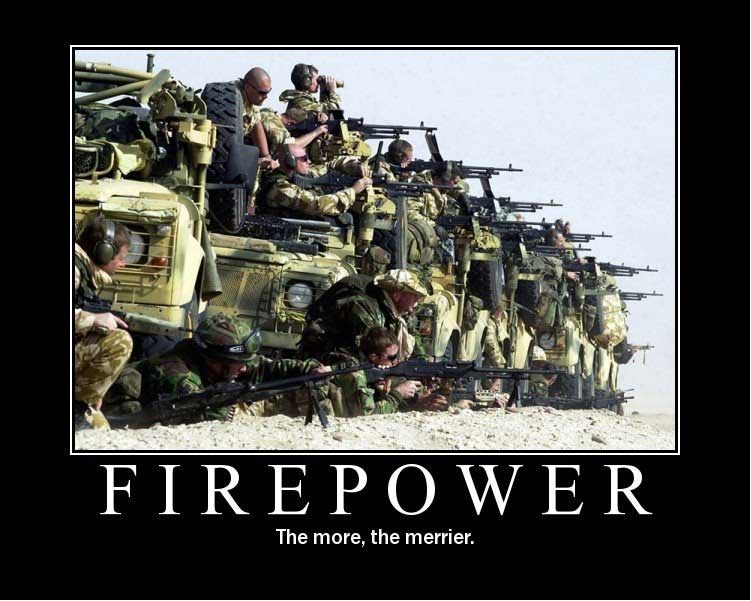|
|
|||
|
|||
|
Privacy Policy | Editorial Policy | Profit Policy | Join the Association | List of Members | Contact us | Index | Links |
|||
|
Back Go to page: 1 2 3 4 5 6 7 8 9 10 11 12 13 14 15 16 17 18 19 20 Forward
|
|||
|
|
|||
|
Long Tan – 50th Anniversary.
The 18th August 2016 marked 50 years since the battle of Long Tan.
In May 1966 the first soldiers of the 6th Battalion, Royal Australian Regiment (6RAR) had arrived in South Vietnam; the rest followed in June. Within two months some of those men found themselves engaged in one of the largest battles fought by Australians in the Vietnam War and sadly, 18 Australians and more than 250 enemy were killed.
Late in the afternoon of the 18th August, 1966, Major Harry Smith and his dispersed company of 108 young and mostly inexperienced Australians from 6RAR and a three-man New Zealand forward observer party under Captain Maurice Stanley, were fighting for their lives in the pouring rain and the mud and shattered trees of a rubber plantation called Long Tan, holding off an overwhelming enemy force of 2,500 battle hardened Viet Cong and North Vietnamese soldiers. With their ammunition running out, their casualties mounting and the enemy massing for a final assault, a resupply was urgently needed.
9 Squadron started that day with two Iroquois which had been moved from VungTau up to Nui Dat. These aircraft were on standby duties and were required to transport Australian entertainers, Col Joye and Little Pattie back to Vung Tau following their concert show for the troops. These two aircraft were tasked to supply ammunition to the troops fighting at Long Tan. Flying conditions could not have been worse; the heavy rain reduced visibility and forced the crews to fly at tree-top height. Following a smoke signal from the Australian troops, the supply helicopter, flown by Flt Lt Cliff Dohle and Flt Lt Bruce Lane, hovered at 10 metres, just above the tree tops and dropped the critical ammunition to the waiting troops. They were spot on and a relieved voice was heard over the radio, "You bloody beaut, that was smack on". The second helicopter crew, Flt Lt Frank Riley and Flt Lt Bob Grandin, was tasked to establish radio contact and locate the troops for the ammunition drop and to provide backup and support.
At about 2300 that night, seven Iroquois helicopters evacuated the wounded and recovered the dead from the battle area. The helicopters landed, in turn, on a landing zone about the size of a tennis court with the only lighting being provided by four torches, vertically positioned in the corners of the landing area.
Lick HERE to see an excellent Channel 9 doco on the battle and click the pic below to see an excellent movie on Long Tan, narrated by Sam Worthington. |
|||
|
|
|||
|
The Australian War Memorial (AWM) held a ceremony to mark the 50th anniversary and had invited one representative from each of the numerous ex-Military associations which, one way or the other, were involved in the battle all those years ago. These representatives were treated to a stirring rendition of the song “I was only 19” which was sung by the group Redgum back in 1983. (Click HERE). |
|||
|
|
|||
|
John Schumann and Hugh McDonald.
|
|||
|
From dusk to dawn on the 16th, 17th, and 18th August images from the Vietnam War were projected onto the façade of the Memorial. On one side were projected the names of the key theatres of the war and on the other the names and ages of the 521 Australians commemorated on the Vietnam War Roll of Honour. Very tastefully done!
|
|||
|
|
|||
|
|
|||
|
The AWM is one of Australia’s “must sees”. If you haven’t been, you are really missing something. There is an enormous amount of material on display and to do it credit, you really need to devote a full day. New material is being added all the time and if it’s been a while since you were there, odds are there will be a lot you haven’t seen. The aircraft section, which contains G for George, the Lancaster bomber, with its sight and sound display is probably the main draw in the AWM - with the Vietnam section coming a close second.
G for George – Avro Lancaster Mk I, four engine heavy bomber.
This particular Lancaster was ordered in 1940 as part of a batch of 400 Avro Lancaster aircraft constructed by Metropolitan Vickers Ltd in the UK and was delivered to 460 Squadron RAAF in October 1942. It was powered by four Rolls-Royce Merlin XX 12-cylinder liquid-cooled engines, each with a single stage centrifugal supercharger. The airframe was constructed primarily of aluminium alloy and breaks down into a number of major sub-assemblies for ease of construction and transport. Steel tube and forgings were used for the installation of the engines undercarriage and some smaller fittings. It was fitted with a tailwheel undercarriage.
The aircraft normally carried a crew of seven: Pilot, Navigator, Wireless Operator, Bomb Aimer, Flight Engineer, Mid-Upper Gunner and Rear Gunner. When first constructed, this aircraft was fitted with a mid-under defensive gun position, which would have required an eighth crewman. There is no evidence that this position was retained when the aircraft entered operational service. A timber blanking panel was fitted in the mounting equipped with a flare shoot. This aircraft was never fitted with H2S radar. The bomb load varied depending on the type and duration of the operation but a common load was 14,000 pounds (6350 kgs of bombs or incendiaries). Defensive armament consisted of eight guns installed in three turrets; two in the forward turret, two in the mid-upper turret and four in the rear turret. The cruising speed was 200mph (322km/h) with maximum speed 287mph (467km/h).
While in service with 460 squadron, it flew some 90 operations with 27 crews. The main crews were captained by:
The
aircraft's longest operation lasted 10:09 flying hours, to La Spezia,
Italy on 13 April 1943. Its last operation was a raid on Cologne,
Germany on 20 April 1944. When G for George retired from service after
this raid it had completed more operations than almost any other
aircraft in RAF Bomber Command. In June 1944 the Department of Air made
it available for war museum purposes and after an extensive overhaul it
left for Australia on 11 October 1944, flown by an all-Australian
crew captained by Flight Lieutenant E A Hudson,
G for George spent almost ten years, most of them exposed to the elements, at RAAF Canberra before being installed at the AWM. It was the centrepiece of Aircraft Hall for 44 years before being disassembled and removed for an extensive conservation program in March 1999. In the second half of 2003 it was reassembled, and returned to display in Anzac Hall. After undergoing extensive restoration at the AWM’s Treloar Conservation workshops, it went back on display in Anzac Hall in "Striking by night", a permanent exhibition featuring a dramatic sound and light show that re-creates a night bombing operation over Berlin in December 1943. Three German Messerschmitt fighter aircraft also feature in the display. It is now one of only 17 Lancasters left in the world from the 7,378 originally manufactured.
Some of the other aircraft on display in the aircraft section are the following:
|
|||
|
|
|||
|
|
|||
|
Japanese Zero |
|||
|
|
|||
|
Mustang. |
|||
|
|
|||
|
Kittyhawk. |
|||
|
|
|||
|
Various WW1 aircraft. |
|||
|
The Vietnam War display is another popular section of the memorial.
From the
time of the arrival of the first members of the Australian Army Training
Team Vietnam (AATTV) in 1962 almost 60,000 Australians, including ground
troops and air force and navy personnel, served in Vietnam; 521 died as
a result of the war and over 3,000 were
By early 1965, when it had become clear that South Vietnam could not stave off the communist insurgents and their North Vietnamese comrades for more than a few months, the US commenced a major escalation of the war. By the end of the year it had committed 200,000 troops to the conflict. As part of the build-up, the US government requested further support from friendly countries in the region, including Australia. The Australian government dispatched the 1st Battalion, Royal Australian Regiment (1RAR), in June 1965 to serve alongside the US 173 Airborne Brigade in Bien Hoa province.
The following year the Australian government felt that Australia's involvement in the conflict should be both strong and identifiable. In March 1966 it announced the dispatch of a taskforce to replace 1RAR, consisting of two battalions and support services (including a RAAF squadron of Iroquois helicopters), to be based at Nui Dat, Phuoc Tuy province. Unlike 1RAR, the taskforce was assigned its own area of operations and included conscripts who had been called up under the National Service Scheme, introduced in 1964. All nine RAR battalions served in the taskforce at one time or another, before it was withdrawn in 1971. At the height of the Australian involvement it numbered some 8,500 troops. A third RAAF squadron (of Canberras) was also committed in 1967, and destroyers of the Royal Australian Navy (RAN) joined US patrols off the North Vietnamese coast. The RAN also contributed a clearance diving team and a helicopter detachment that operated with the US Army from October 1967.
The year 1968 began with a major offensive by the Viet Cong and North Vietnamese Army, launched during the Vietnamese lunar new year holiday period, known as "Tet". Not only the timing but the scale of the offensive came as a complete surprise, taking in cities, towns, and military installations throughout South Vietnam. While the "Tet Offensive" ultimately ended in military defeat for the communists, it was a propaganda victory. US military planners began to question if a decisive victory could ever be achieved and the offensive stimulated US public opposition to the war. For Australian troops, the effects of the offensive were felt around their base at Nui Dat, where a Viet Cong attack on targets around Ba Ria, the provincial capital, was repulsed with few casualties.
By 1969 anti-war protests were gathering momentum in Australia. Opposition to conscription mounted as more people came to believe the war could not be won. A "Don't register" campaign to dissuade young men from registering for conscription gained increasing support and some of the protests grew violent. The US government began to implement a policy of "Vietnamisation'', the term coined for a gradual withdrawal of US forces that would leave the war in the hands of the South Vietnamese. With the start of the phased withdrawals, the emphasis of the activities of the Australians in Phuoc Tuy province shifted to the provision of training to the South Vietnamese Regional and Popular Forces. |
|||
|
|
|||
|
At the end of April 1970 US and South Vietnamese troops were ordered to cross the border into Cambodia. While the invasion succeeded in capturing large quantities of North Vietnamese arms, destroying bunkers and sanctuaries and killing enemy soldiers, it ultimately proved disastrous. By bringing combat into Cambodia, the invasion drove many people to join the underground opposition, the Khmer Rouge, irreparably weakening the Cambodian government. When the Khmer Rouge came to power in April 1975, it imposed a cruel and repressive regime that killed several million Cambodians and left the country with internal conflict that continues today. The extension of the war into a sovereign state, formally neutral, inflamed anti-war sentiment in the United States and provided the impetus for further anti-war demonstrations in Australia. In the well-known Moratorium marches of 1970 and 1971, more than 200,000 people gathered to protest against the war in cities and towns throughout the country.
By late
1970 Australia had also begun to wind down its military effort in
Vietnam. The 8th Battalion departed in November (and was not replaced),
but, to make up for the decrease in troop numbers, the Team's strength
was increased and its efforts became concentrated in Phuoc Tuy province.
The withdrawal of troops and all air units continued throughout 1971 –
the last battalion left Nui Dat on 7 November, while a handful of
advisers belonging to the Team remained in Vietnam the following year.
In December 1972 they became the last Australian troops to come home,
with their unit having seen continuous service in South
In early 1975 the communists launched a major offensive in the north of South Vietnam, resulting in the fall of Saigon on 30 April. During April a RAAF detachment of 7–8 Hercules transports flew humanitarian missions to aid civilian refugees displaced by the fighting and carried out the evacuation of Vietnamese orphans (Operation Babylift), before finally taking out embassy staff on 25 April.
They say that Vietnam was a helicopter war and the Vietnam gallery has as its centrepiece an Iroquois helicopter, complete with a multimedia experience of a ‘helibourne assault’ – a landing with soldiers disembarking, and a ‘dust-off’ – a medical evacuation. The aircraft on display, a Bell UH-1B Iroquois A2-1019, was among the first such aircraft deployed to Vietnam, arriving in May 1966. Over the next two years it carried out 489 missions, including casualty evacuation, troop insertion/extraction, logistics supply and freight carriage, and reconnaissance.
Following the war, the Iroquois was used for training and operations while based at Williamtown (NSW), Butterworth (Malaysia) and later Pearce (WA). The Memorial acquired the Iroquois in May 1985, and the aircraft has been extensively conserved and refurbished by Memorial and volunteer staff to bring its back to its operational appearance in early 1967. |
|||
|
|
|||
|
The Iroquois on display at the AWM.
|
|||
|
The light and sound show starts every day at 15 minutes to the hour and is always well attended.
At the end of the day, at 4.30pm, there is a very moving and memorable changing of the guard of the tomb of the Unknown Australian Soldier, followed at 4.55pm by a stirring rendition of the Last Post.
The ceremony is a public event open to all visitors. Each ceremony follows the same format:
You can see a video of the Catafalque party mounting a vigil at the Tomb of the Unknown Soldier below.
You can see a video of the playing of the Last Post below:
|
|||
|
The Vietnam Vets standing-to during the Last Post.
|
|||
|
|
|||
|
|
|||
|
If you have never been to the ACT and more specifically to the AWM, you are really missing something. It is set at one end of the wide Anzac Parade with the old and new Parliament Houses at the other. From the Mt Ainslie lookout you get a view of some of the symmetrical planning that went into building Canberra.
|
|||
|
|
|||
|
Commemorative Memorials have been erected all along Anzac Parade and a
well-attended |
|||
|
|
|||
|
Vietnam Veterans Memorial, Anzac Parade, ACT. |
|||
|
|||
|
Duntroon.
Another must see establishment while in Canberra is the Royal Military College at Duntroon. Thankfully the security boffins haven’t got their hands on this site and there is no restriction on entry, you can drive in and have a look around the wonderfully kept grounds and at some of the magnificent old buildings - it is definitely worth a look
|
|||
|
|
|||
|
The Royal Military College, Duntroon, was opened on 27 June 1911 by the Governor-General, Lord Dudley. Situated on the Campbell family homestead in Canberra, which had been named "Duntroon" after Duntrune Castle, their ancestral home on Loch Crinan in Argyll, Scotland, the college was one of the first Commonwealth facilities established in the newly created capital. The Australian Government first rented the Duntroon homestead for two years (November 1910 to July 1912) and finally acquired the freehold to the estate and 370 acres of land after the creation of the federal capital. The college was modelled on aspects from the Royal Military College of Canada and the military colleges of Britain and the United States.
The First World War provided the college with its first chance to demonstrate its worth, however, when the war broke out in August 1914, there had not been enough time for the first class to complete the full Duntroon course. Nevertheless, it was decided to graduate the class early so that they could be sent over to Gallipoli, where General Sir Ian Hamilton, commander of the Mediterranean Expeditionary Force, said that "...each Duntroon educated officer was...worth his weight in gold". During WW1, 158 Duntroon graduates had been sent overseas on active service, of whom 42 were killed or died of wounds and another 58 were wounded.
In the beginning, the college offered a four-year course, during which the first two years focused upon civil subjects and the last two years focused upon military subjects. Over the entire course, however, there was military specific training, including physical training, drill, signalling and weapons handling. Over the years, however, with the impact of the two World Wars, the duration and focus of the course changed as the requirements of the Army dictated. The college was forced to relocate to the Victoria Barracks, Sydney between 1931 and 1936 due to the economic downturn caused by the Great Depression. During the Second World War short courses of between six months and a year were run and ultimately 696 graduates of the College undertook active service overseas.
|
|||
|
|
|||
|
The Parade Ground at “Duntroon” today, and below, how it was in 1920.
Following the war, the length of the course was set at four years again
and efforts were made to increase the level of academic rigour in the
college's programs. This culminated in 1967 when the college affiliated
with the University of New South Wales (UNSW) to offer
With the closure of the Officer Cadet School, Portsea, in December 1985, and the closure of the Women's Officer Training Wing at Georges Heights, Sydney, in December 1984, the Royal Military College, Duntroon became the sole General Service Officer training institute in the Australian Army, as all Regular Army officers serving in combat, combat support or service support Corps were required to attend Duntroon in order to be commissioned. Shortly after this, the role of the college changed again with the establishment of the Australian Defence Force Academy in 1986. As a result of this change, Duntroon ceased to offer university degrees as ADFA became responsible for the academic training of Army cadets, as well as those from the Air Force and Navy.
|
|||
|
|
|||
|
|
|||
|
Origins of the magnificent Australian War Memorial.
The
Memorial ranks among the world's great national monuments. Sharply
etched grandeur
and dignity, in its stylised Byzantine profile contrast with a
distinctively Australian setting among lawns and eucalypts, at the head
of a wide ceremonial avenue, ANZAC Parade.
An aerial photograph of the Australian War Memorial, 1945
The Memorial is more than a monument. Inside the sandstone building, with its copper-sheathed dome, selections from a vast National Collection of relics, official and private records, art, photographs, film, and sound are employed to relate the story of a young nation's experience in world wars, regional conflicts, and international peacekeeping.
The Memorial forms the core of the nation's tribute to the sacrifice and achievement of 102,000 Australian men and women who died serving their country and to those who served overseas and at home. A central commemorative area surrounded by arched alcoves houses the names of the fallen on the bronze panels of the Roll of Honour. At the head of the Pool of Reflection, beyond the Flame of Remembrance, stands the towering Hall of Memory, with its interior wall and high dome clad in a six-million-piece mosaic. Inside lies the Tomb of the Unknown Australian Soldier, an official war grave and national shrine.
After the
anguish of Gallipoli, the Australians of the 1st AIF (Australian
Imperial Force) and
“Pozières has been a terrible sight all day ...
One knew that the Brigades which went in last night were there today in that insatiable factory of ghastly wounds. The men were simply turned in there as into some ghastly giant mincing machine. They have to stay there while shell after huge shell descends with a shriek close beside them, each one an acute mental torture, each shrieking tearing crash bringing a promise to each man, instantaneous, I will tear you into ghastly wounds. I will rend your flesh and pulp an arm or a leg, fling you half a gaping quivering man (like these that you see smashed around you one by one) to lie there rotting and blackening like all the things you saw by the awful roadside, or in that sickening dusty crater. Ten or twenty times a minute every man in the trench has that instant fear thrust tight upon his shoulders, I don't care how brave he is, with a crash that is a physical pain and a strain to withstand.”
A month later the idea of a memorial museum for Australian was born, as Bean's confidant A.W. Bazley later recalled:
“I remember in August 1916 when after his busy days tramping the Pozières battlefield and visiting units in the line he would roll out his blankets on the chalk firestep of the old British front line ... on the edge of Becourt Wood and Sausage Gully. We used to sleep feet to head– C.E.W.B., Padre Dexter, myself, and others – and although I cannot recall the actual conversations today I do remember that on a number of occasions he talked about what he had in his mind concerning some future Australian war memorial museum”.
Two men, above all others, moulded the Memorial: Charles Bean, Australia's Official Historian of the First World War, and John Treloar, the Director of the Memorial between 1920 and 1952.
2nd Australian Division troops chatting after emerging from trenches in France.
Charles Bean (1879–1968) was born in New South Wales but grew up largely in Britian. He returned to Australia and worked as a journalist and in 1914 was chosen by the journalists' association as official war correspondent. Bean went ashore on Gallipoli on 25 April 1915 and for the rest of the war stayed close to the soldiers in the front line. As well as lobbying for the creation of the Australian War Memorial, he was appointed to edit the 12-volume Official History of Australia in the War of 1914–1918; he wrote six of the volumes, completing the last in 1942.
John Treloar (1894–1952) contributed more than any other person to the realisation of Bean's idea. Treloar, who came from Melbourne, also landed on Gallipoli on 25 April 1915.
In 1917,
as a captain, he was appointed to head the newly created Australian War
Records Section (AWRS) in London, responsible for collecting records and
relics for the future
Bean working on files during the writing of the official history of the First World War.
Appointed Director of the Memorial in 1920, he remained in this position for the rest of his life, apart from a period in charge of the Military History and Information Section (MHIS) during the Second World War.
AWRS was set up in 1917 to ensure Australia would have its own collection of records and relics of the great war being fought. Treloar devoted himself especially to improving the quality of the unit war diaries which recorded the action of each unit day by day, and to ensuring that after the war the official historian would have a well ordered collection of the diaries and supplementary material to work from.
Others,
such as Sid Gullett and Ernie Bailey, went out into the field to collect
relics or
Lieutenant Colonel J.L. Treloar, Officer-in-Charge, Military History and Information Section.
Bean and Treloar also arranged for the appointment of official artists and photographers. There were 18 official war-artists, the best known being Will Dyson, George Lambert, and Arthur Streeton. Bean's official photographers included two adventurers, Frank Hurley and Hubert Wilkins. Hurley had been to the Antarctic with both Mawson and Shackleton, while Wilkins had been to the Arctic and in 1912 had filmed the Balkan War with the Turkish army. Bean insisted that art and photography should show the war as it was, not an idealised version.
After the
war it took a long time before the Memorial's building in Canberra was
constructed. Initially there were delays in arousing public and
government enthusiasm. Then the
In 1918 Bean conceived how the Memorial would appear:
“On some hill-top, still, beautiful, gleaming white and silent, a building of three parts, a centre and two wings. The centre will hold the great national relics of the A.I.F. One wing will be a gallery, holding the pictures that our artists painted and drew actually on the scene and amongst the events themselves. The other wing will be a library to contain the written official records of every unit”.
The Memorial's design was a compromise between the desire for an impressive monument to the fallen and a budget of only £250,000. An architectural competition in 1927 failed to produce a satisfactory single design for the building. Two of the entrants in the competition, Sydney architects Emil Sodersteen and John Crust, were encouraged to submit a joint design, incorporating Sodersteen's vision for the building and Crust's concept of cloisters to house the Roll of Honour. The joint design was accepted and forms the basis of the building we see today, completed in 1941.
As Australia entered the Second World War, the Memorial in Canberra was still not complete and intended to be devoted solely to the First World War. As it became apparent that the new war was comparable in scale with the Great War, it became almost inevitable that the scope of the Memorial should be extended. In 1941 the government extended the Memorial's charter to include the Second World War; in 1952 it was again extended to include all Australia's wars. With the inclusion of the Gulf War and of peacekeeping operations the Memorial in the 1990s must remain ready to respond to new events.
During the Second World War the MHIS was set up, once again under the charge of John Treloar. A more mobile war made collecting difficult and the Memorial's Second World War collection has never quite matched that of the first. Bean wrote to Treloar urging the collection of evocative relics:
“The kind of relic that would stir me to the marrow is, say, a section of the original Kokoda trail, … part of the charred wharf from Darwin; … a uniform taken from a man after a muddy jungle fight.”
How exactly a "section of the original Kokoda trail" could have been collected is hard to say. In any event, the Memorial, which was still run by First World War veterans, remained predominantly a First World War museum. In a sense, the comparative failure of the MHIS demonstrated the magnitude of the achievement of the AWRS.
Once again, extensive collections of art, photographs, and film were assembled. Other areas were less lucky: during the 1950s, for instance, many of the Memorial's fine collection of Second World War aircraft were disposed of, a number being sold for scrap. Space was a major problem. The building had been designed to display relics from the First World War only. It was not until 1971 that the eastern and western wings were added, finally allowing room for adequate display of Second World War material.
From the
beginning, Bean had hoped that the Memorial would incorporate a Roll of
Honour,
The scale of the casualties and the cost constraints imposed on the building defeated these plans. John Crust's most important contribution to the building's design was the beautiful and moving idea of placing the Roll in cloisters around a central courtyard. But long delays ensued and by the time the Roll of Honour was completed in 1961 it had become a list of Australia's dead in all wars, arranged (for administrative simplicity) by units rather than towns. There was certainly no room for photographs. But the Roll remains an impressive achievement. This vast list of names serves to remind us of the equality and individuality of every one of the dead, commemorating not the sacrifice of a nameless mass but the tragic loss of each well-loved man or woman among this great number.
The Hall
of Memory was completed in 1959 but had ceased to have an obvious
purpose except to inspire contemplation. In the early years the proposal
was sometimes made that Australia, like other countries, should have a
tomb of an unknown soldier. Bean and Treloar resisted this, fearing that
such an edifice might compete with the Memorial. In 1993, however, it
was decided to create such a tomb as part of the Memorial and to
In keeping with the sombre commemorative tone of the Memorial, Bean was from the start concerned that it should not be seen to be glorifying war or triumphing over the enemy. He urged Treloar and others not to speak about "trophies", preferring the term "relics" instead. He also urged that captions and text should not use derogatory terms, such as Hun or Abdul (German and Turk were preferable). In the 1950s Bean drew up a list of exhibition principles, suggesting among other things that the galleries should "avoid glorification of war and boasting of victory" and also "avoid perpetuating enmity for both moral and national reasons and because those who have fought in wars are generally strongest in their desire to prevent war". In general, the former enemies should be treated as generously as were Australians. The exhibitions also needed to be made interesting, for example, by presenting relics as objects with their own story rather than as just examples of a type. Bean also thought of the future: "exhibits [should be] so described and displayed as to be understood and interesting seventy-five years after the events."
Some of these issues became an area of dispute in the early 1950s when some swords surrendered by Japanese generals at the close of the Second World War were taken off display, as being tokens of surrender and thus violating the principle that the Memorial should not be in any way a monument to victory. After a public outcry, however, the swords were put back on display. In the 1990s the Memorial set out to formalise its guiding principles in a set of policy documents, such as the Acquisition and Disposal Policy and the Exhibition Policy.
In 1980 the Memorial became a separate authority (previously it was merely a part of a government department) with a new Act which gave it much greater powers to manage its own affairs. This was one of the catalysts for a period of major progress and growth which continues today. In the early 1980s a conscious effort was made to improve the funding and staffing of the Memorial, the levels of which had fallen well below what was needed. Within a few years staff numbers had increased, from around 100 to over 200, and funding to support new and existing programs was substantially increased. This enabled the Memorial to embark on initiatives, such as increasing its impact and scholarly profile in the area of Australian military history. A Research Grants Scheme was set up to foster original research in the field, the annual history conference was instituted, to bring together all those interested in the field and to give a forum for the discussion of new ideas. At the same time a considerable publication program was developed.
A program of gallery refurbishment was undertaken during the 1980s starting with the Gallipoli Gallery's opening in 1984. The opening was attended by 240 Gallipoli veterans. This was followed by the opening of galleries commemorating recent conflicts such as Korea and Vietnam. At the same time, the Memorial became more professional in many other ways. Senior curators were recruited to care for the collection and improve professionalism; the Conservation Section expanded to provide world-class facilities and highly qualified staff to ensure the collection's preservation; collection management practices using modern computer technology were introduced; and a greatly expanded education program was instituted to bring the Memorial's message to an ever increasing number of children and adults.
Additional government funding in the last few years has enabled the
Memorial to build up-to-
A significant beneficiary of the fund raising has been Gallery Development, which set a fund raising target of $20 million. In 1995 the Gallery Master Plan was endorsed by Council, an extensive program to revitalise the galleries. The work has included major changes to the layout of the galleries – making them more accessible through a centrally planned information space – and the development of new exhibitions to replace existing ones. Emphasis was placed on making maximum use of the Memorial's collection in combination with modern exhibition technologies and resources. The redeveloped galleries, Research Centre, and Sculpture Garden were officially opened by Prime Minister John Howard on 11 March 1999. In June 2001 the construction of ANZAC Hall, was completed. It houses the Memorial's collection of large technology items.
Undoubtedly, the Memorial's staff take pride in working for an institution which in many ways lives up to Bean's vision of "the finest monument ever raised to any army".
|
|||
|
|
|||
|
|
|||
|
|
|||
|
Back Go to page: 1 2 3 4 5 6 7 8 9 10 11 12 13 14 15 16 17 18 19 20 Forward |
|||
|
|

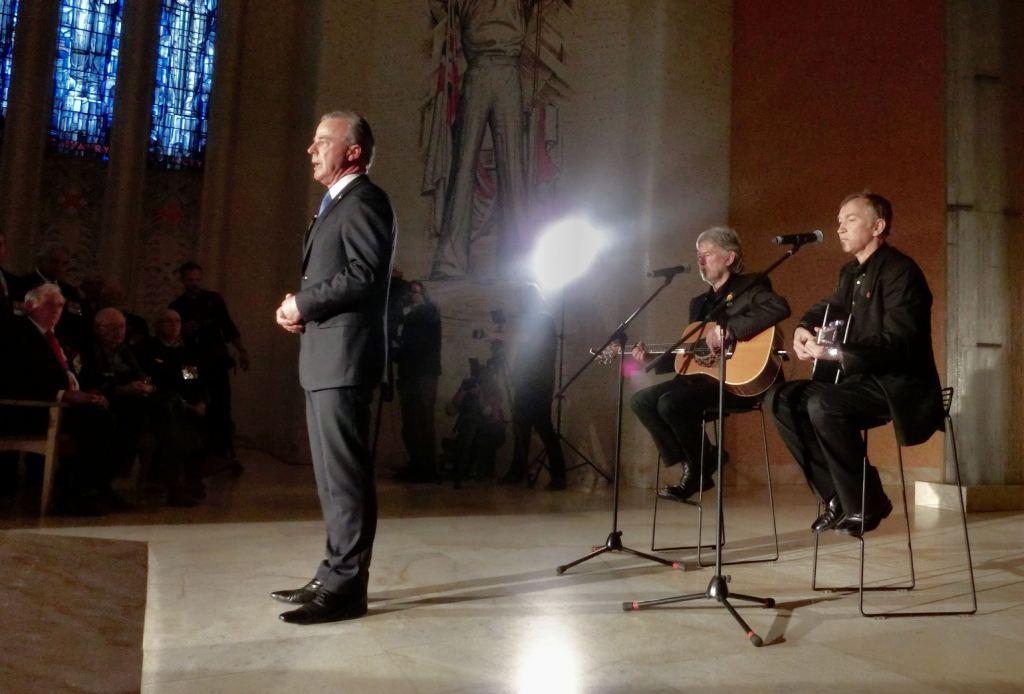
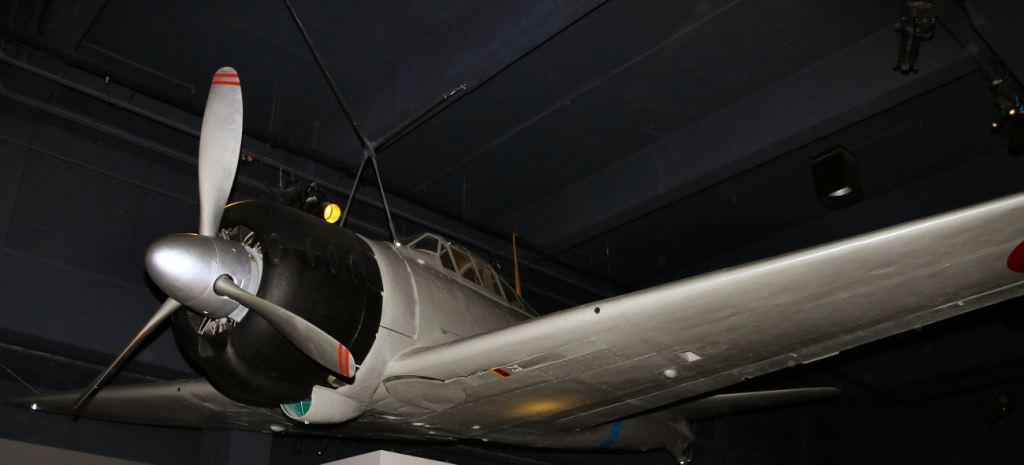
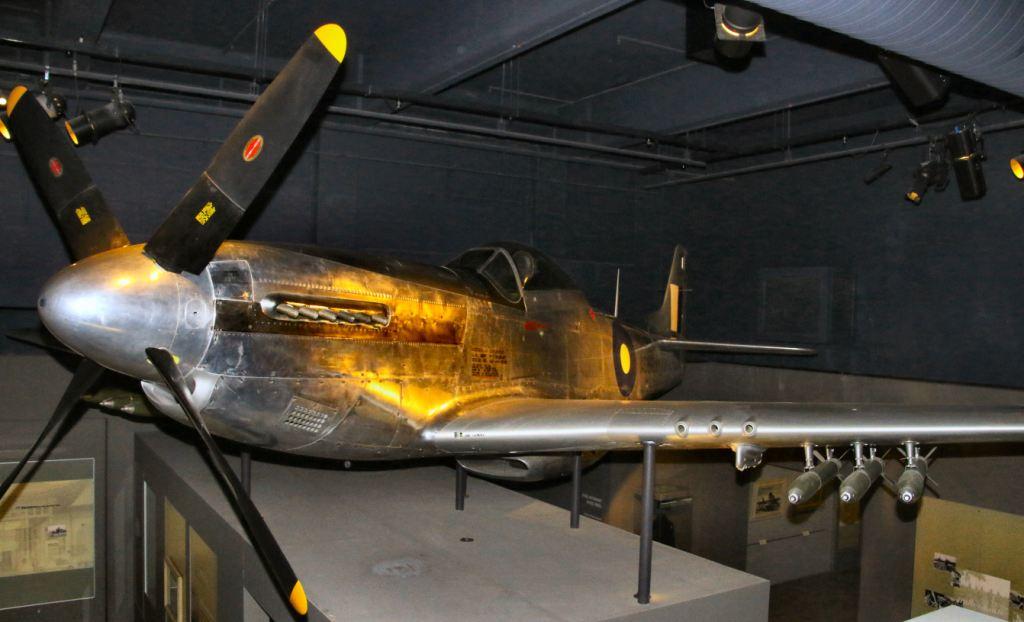
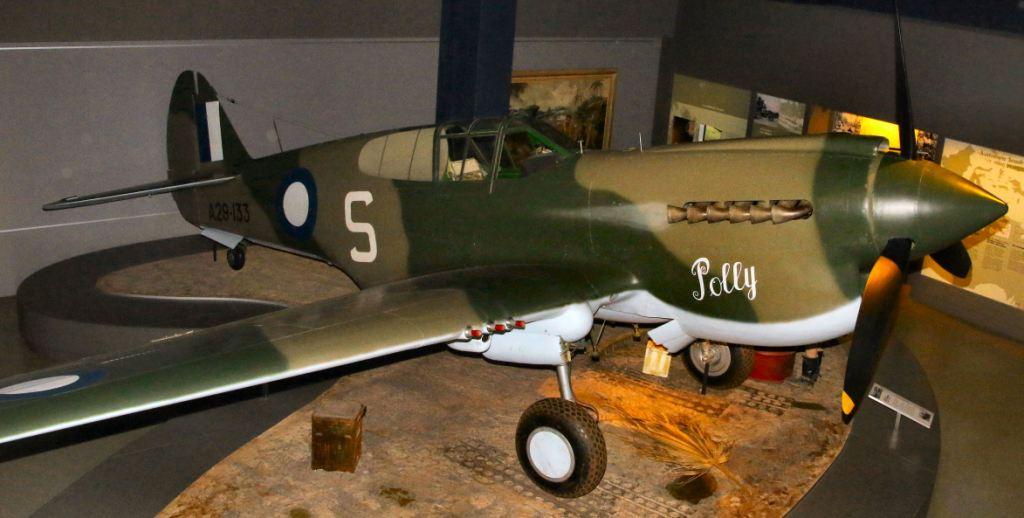
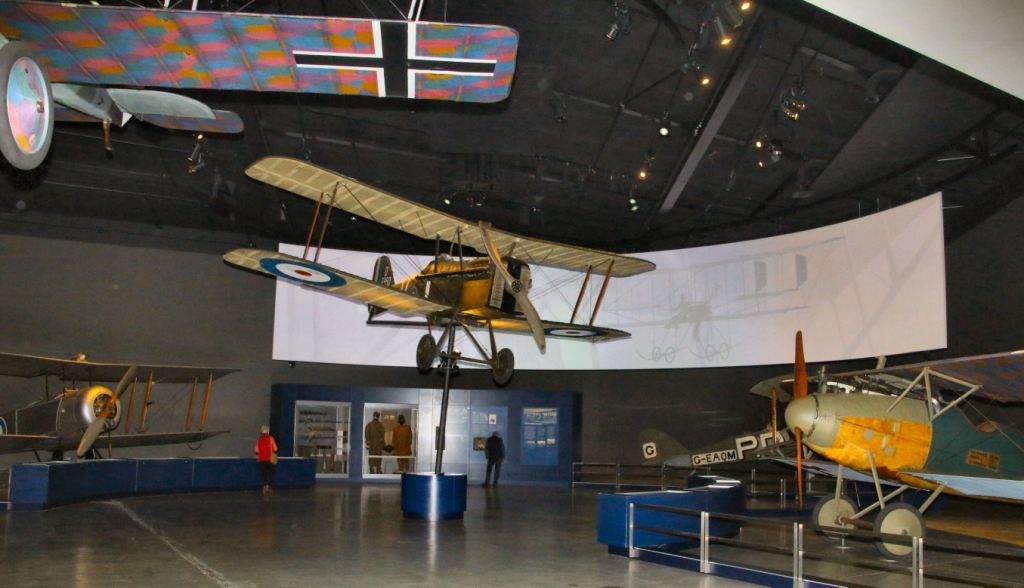
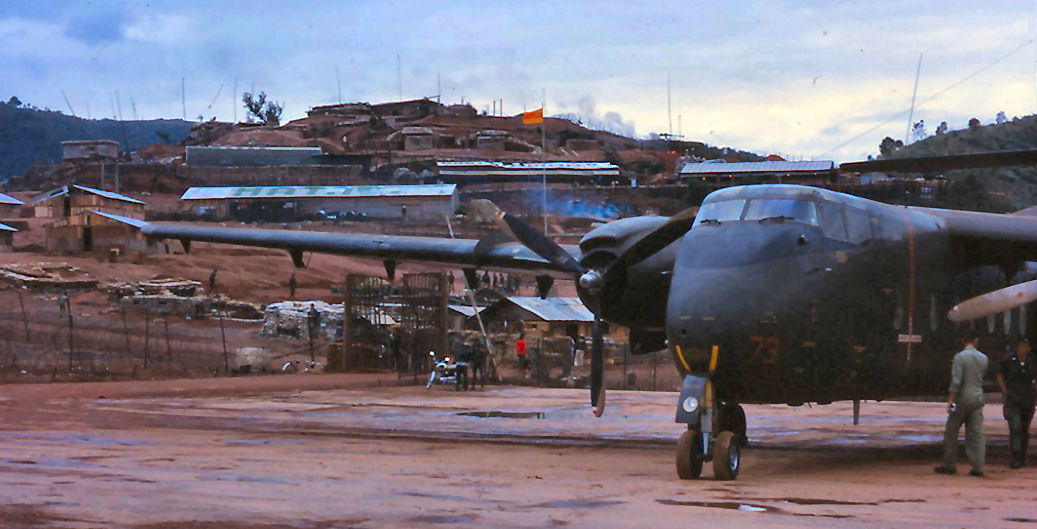 wounded. (See
wounded. (See
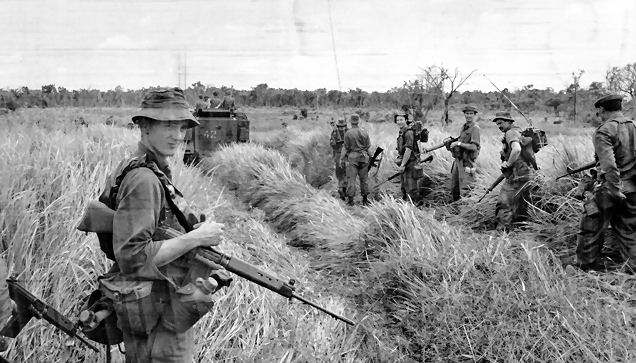
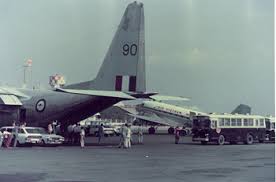 Vietnam for ten and a half years. Australia's participation in the war
was formally declared at an end when the Governor-General issued a
proclamation on 11 January 1973. The only combat troops remaining in
Vietnam were a platoon guarding the Australian embassy in Saigon (this
was withdrawn in June 1973).
Vietnam for ten and a half years. Australia's participation in the war
was formally declared at an end when the Governor-General issued a
proclamation on 11 January 1973. The only combat troops remaining in
Vietnam were a platoon guarding the Australian embassy in Saigon (this
was withdrawn in June 1973).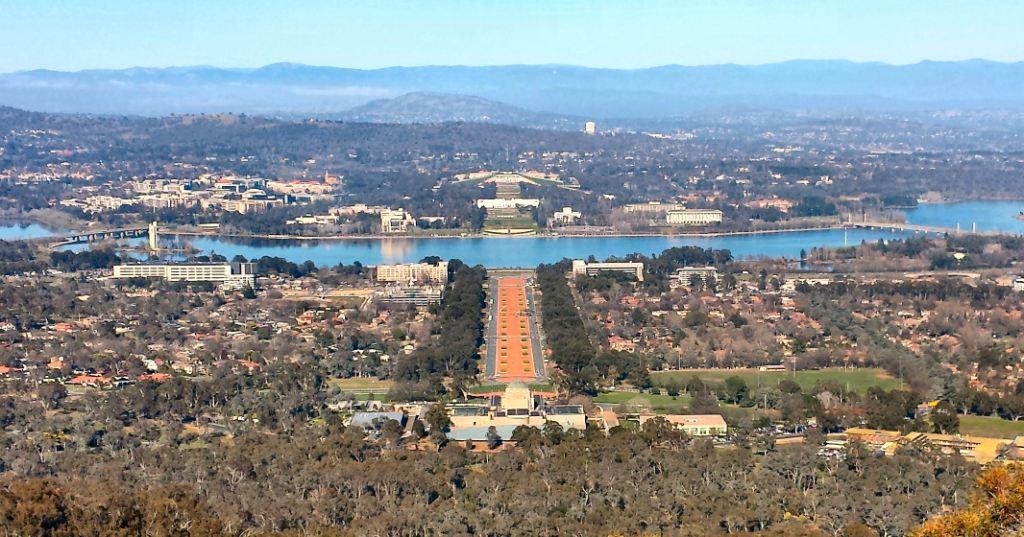
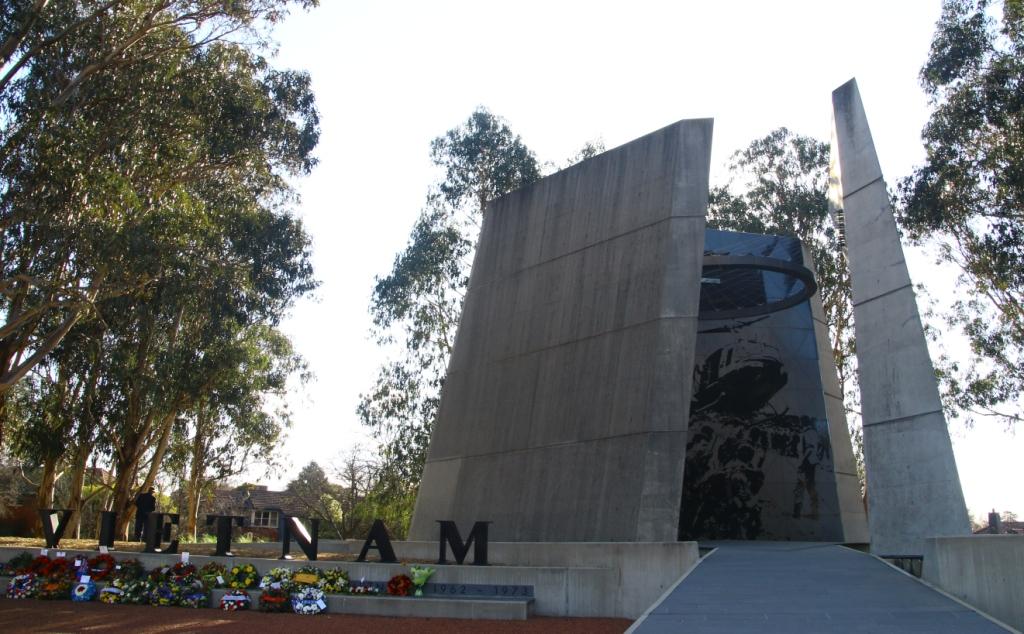
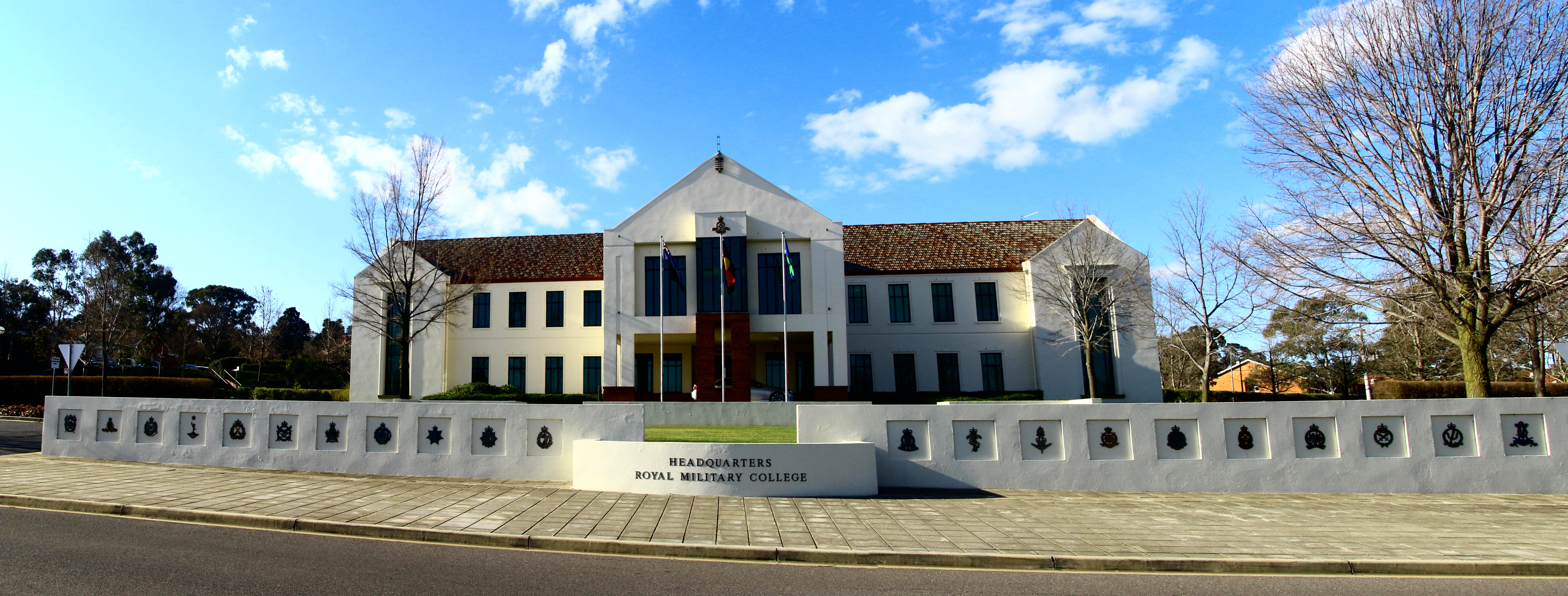
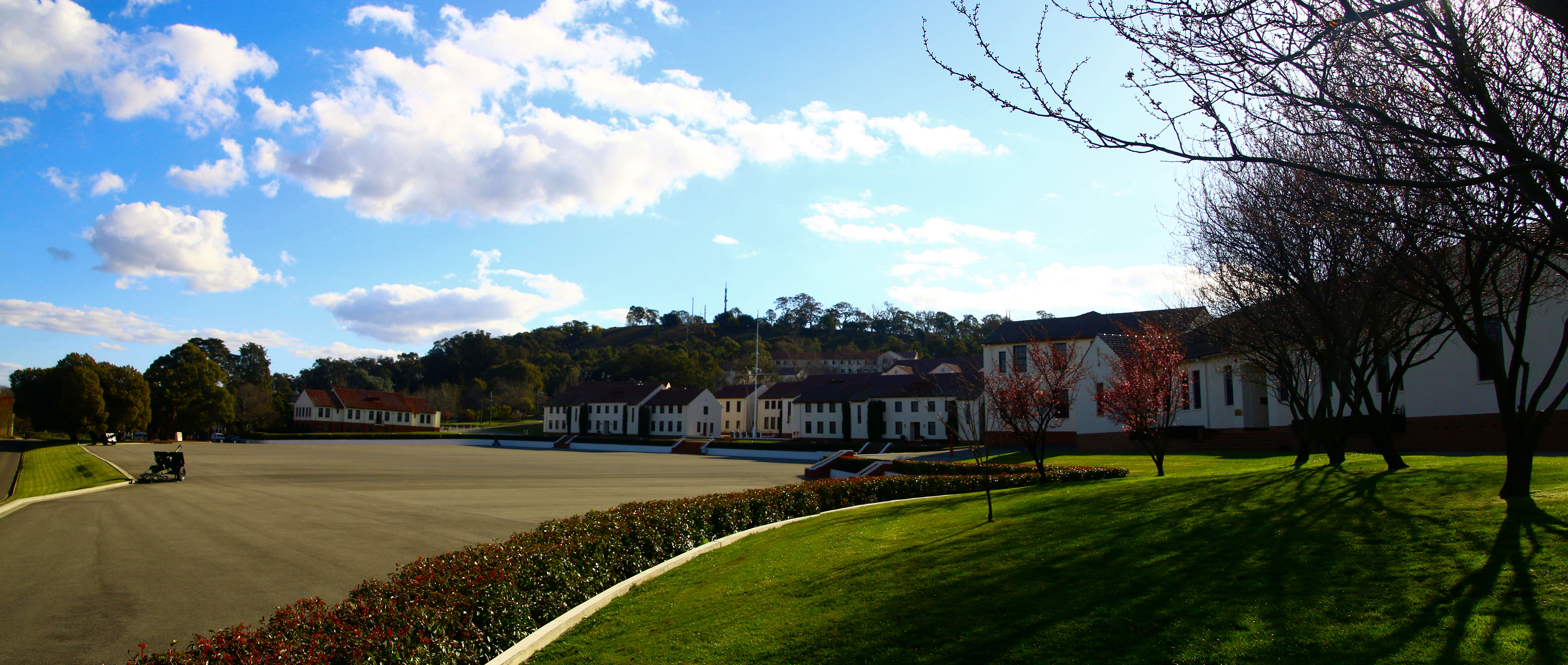
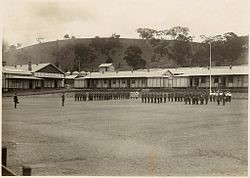 Bachelor courses in Arts, Science or Engineering, commencing in the 1968
academic year. Under this program, the first degrees from RMC were
awarded in 1971. In order to graduate, cadets had to achieve passes in
both military and academic studies and leadership. The link with UNSW
was almost severed in 1969 when Duntroon was the centre of an inquiry
after Gerry Walsh, a member of the academic staff, revealed details of
bastardisation passed on to him by a student at the college. The inquiry
resulted in at least one army career ending, while other personnel were
severely punished. A further bastardisation scandal was exposed in 1983.
Bachelor courses in Arts, Science or Engineering, commencing in the 1968
academic year. Under this program, the first degrees from RMC were
awarded in 1971. In order to graduate, cadets had to achieve passes in
both military and academic studies and leadership. The link with UNSW
was almost severed in 1969 when Duntroon was the centre of an inquiry
after Gerry Walsh, a member of the academic staff, revealed details of
bastardisation passed on to him by a student at the college. The inquiry
resulted in at least one army career ending, while other personnel were
severely punished. A further bastardisation scandal was exposed in 1983.
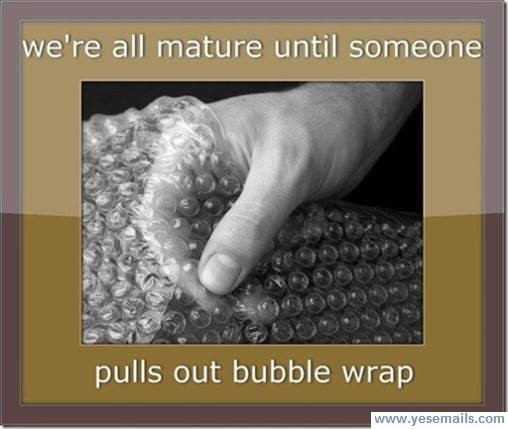
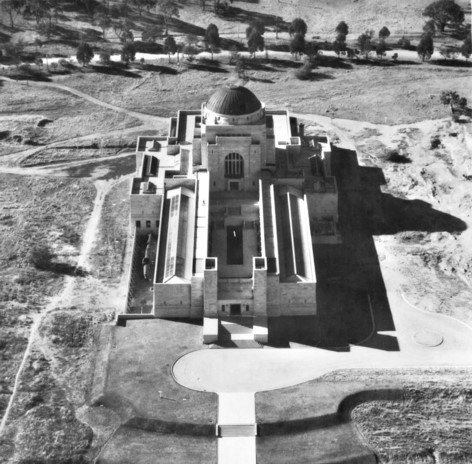 Kangaroos, occasionally
straying from nearby bushy hills, add to the physical effect.
Kangaroos, occasionally
straying from nearby bushy hills, add to the physical effect.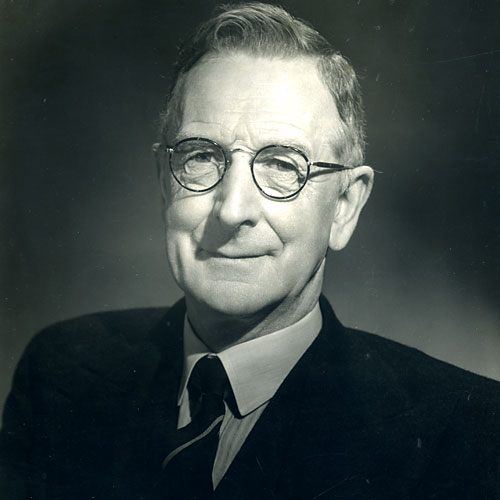 their official war correspondent, Charles Bean (right), moved on to the
greater horrors of the Western Front in France and Belgium. The
Australians' first big battles were at Fromelles and Pozières, in July
1916. Bean was immediately appalled by the sufferings of the men. He
wrote in his diary:
their official war correspondent, Charles Bean (right), moved on to the
greater horrors of the Western Front in France and Belgium. The
Australians' first big battles were at Fromelles and Pozières, in July
1916. Bean was immediately appalled by the sufferings of the men. He
wrote in his diary: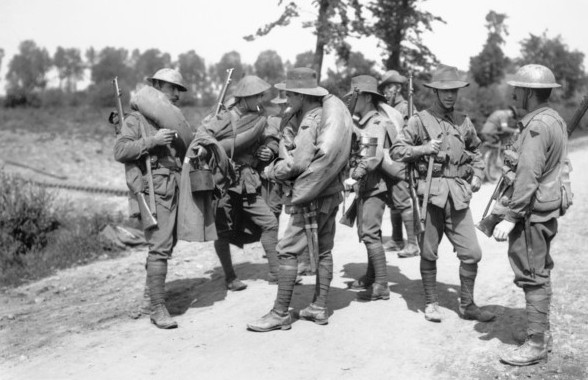
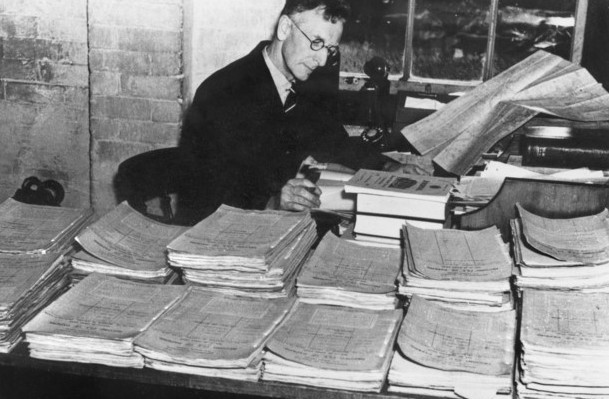 museum and to help the official historian in his work. After the war,
Treloar devoted his life to the Memorial and had influence over every
aspect of its development.
museum and to help the official historian in his work. After the war,
Treloar devoted his life to the Memorial and had influence over every
aspect of its development. 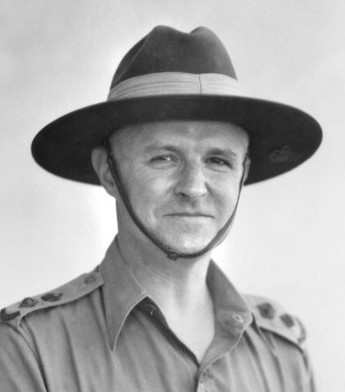 material evidence of the conflict. At the same time orders were given to
the common soldiers to do their bit of collecting for the projected
museum and, in this way, 25,000 relics were gathered together.
material evidence of the conflict. At the same time orders were given to
the common soldiers to do their bit of collecting for the projected
museum and, in this way, 25,000 relics were gathered together.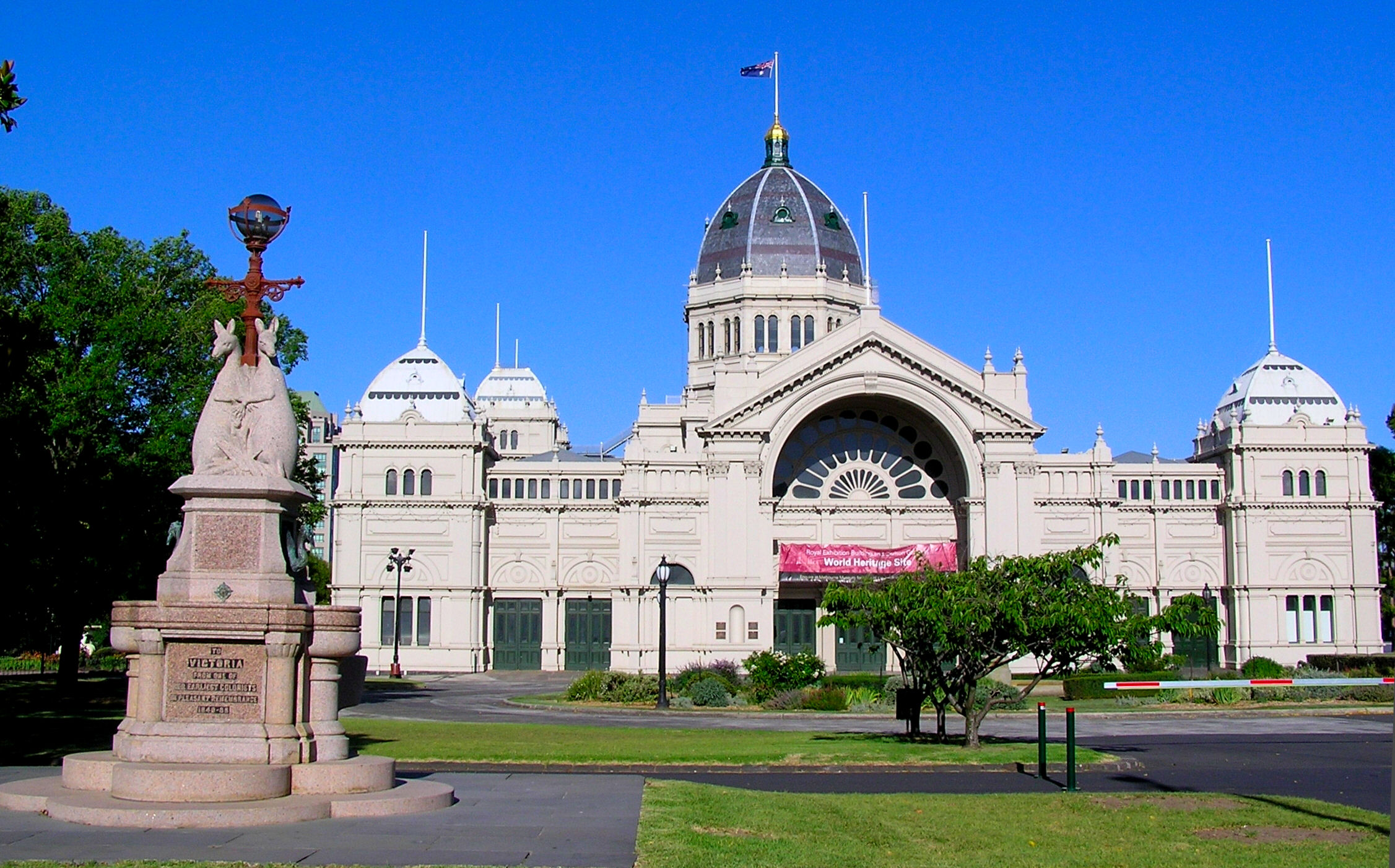 Depression intervened. In the meantime, large, long-running exhibitions
were held in Melbourne and Sydney. The "Australian War Museum" opened on
ANZAC Day 1922 in the Exhibition Building, Melbourne (right). This
exhibition of war relics was enthusiastically received by press and
public and attracted large crowds. The exhibition closed in 1925 and was
moved to Sydney, where it remained until 1935.
Depression intervened. In the meantime, large, long-running exhibitions
were held in Melbourne and Sydney. The "Australian War Museum" opened on
ANZAC Day 1922 in the Exhibition Building, Melbourne (right). This
exhibition of war relics was enthusiastically received by press and
public and attracted large crowds. The exhibition closed in 1925 and was
moved to Sydney, where it remained until 1935.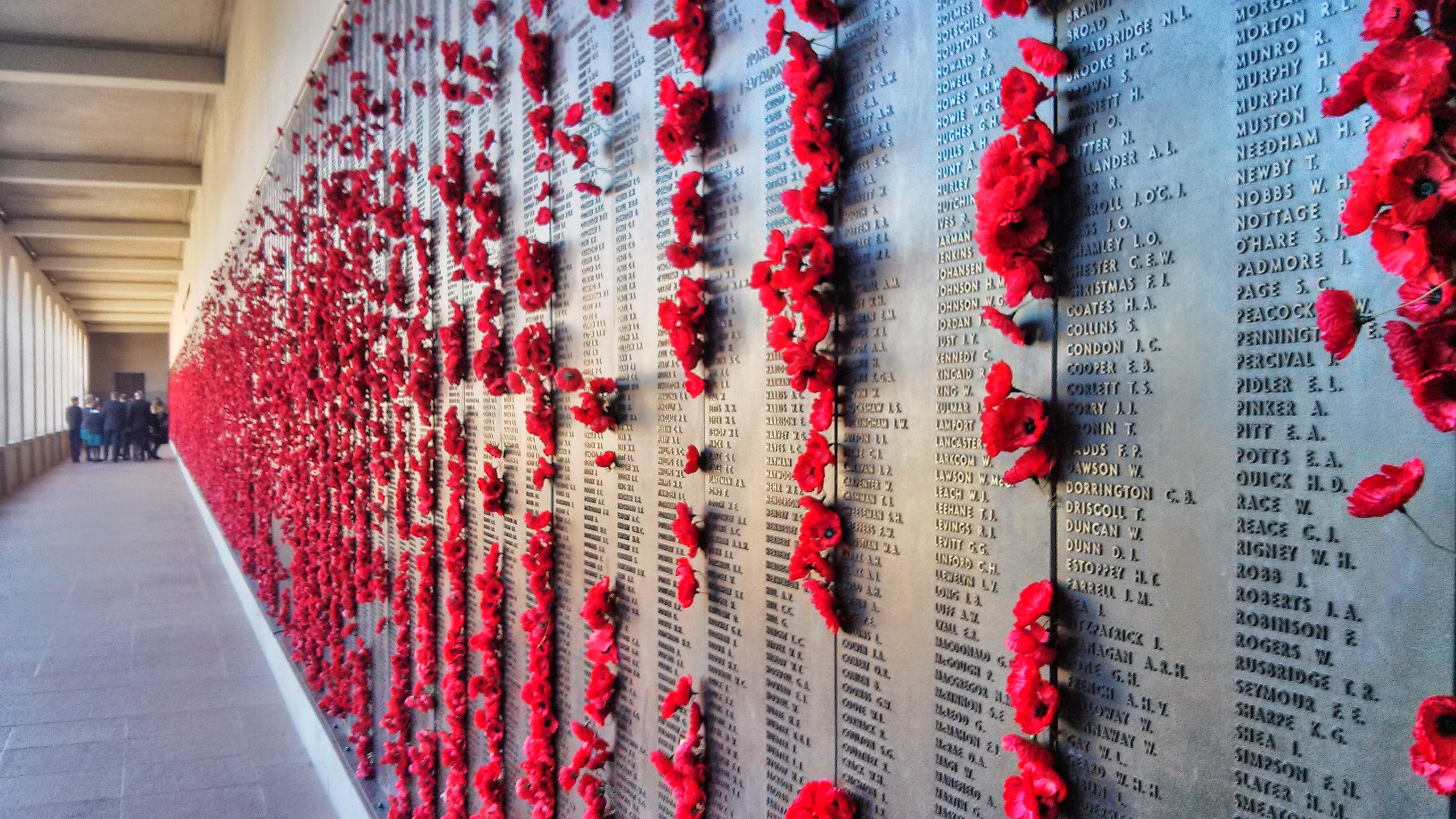 listing all the Australian dead of the war. Originally this was intended
to be inside the Hall of Memory and Bean even hoped to include a
photograph of each man. The list would be arranged by town of origin, so
that visitors to the Memorial could easily find the names of all the
dead from their own town.
listing all the Australian dead of the war. Originally this was intended
to be inside the Hall of Memory and Bean even hoped to include a
photograph of each man. The list would be arranged by town of origin, so
that visitors to the Memorial could easily find the names of all the
dead from their own town.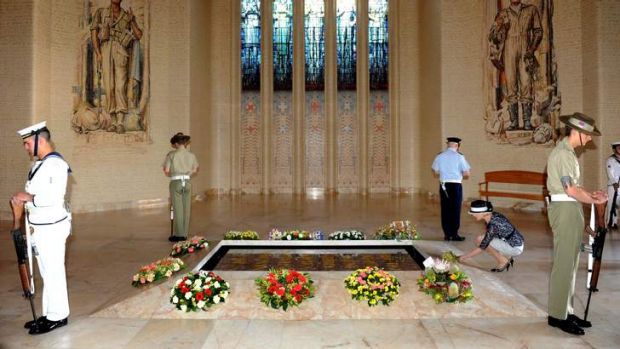 place it in the Hall of Memory. In this way two forms of commemoration,
of one anonymous individual together with a great mass of named men and
women, would be combined. On Remembrance Day in 1993 the remains of a
soldier killed on the battlefields of the Western Front during the First
World War were placed in a marble-covered tomb in the Hall of Memory.
The event – regarded as the biggest and most significant staged by the
institution since opening – attracted generous national coverage and
interest. The four pillars erected at the same time symbolise the four
elements of earth, air, fire, and water.
place it in the Hall of Memory. In this way two forms of commemoration,
of one anonymous individual together with a great mass of named men and
women, would be combined. On Remembrance Day in 1993 the remains of a
soldier killed on the battlefields of the Western Front during the First
World War were placed in a marble-covered tomb in the Hall of Memory.
The event – regarded as the biggest and most significant staged by the
institution since opening – attracted generous national coverage and
interest. The four pillars erected at the same time symbolise the four
elements of earth, air, fire, and water.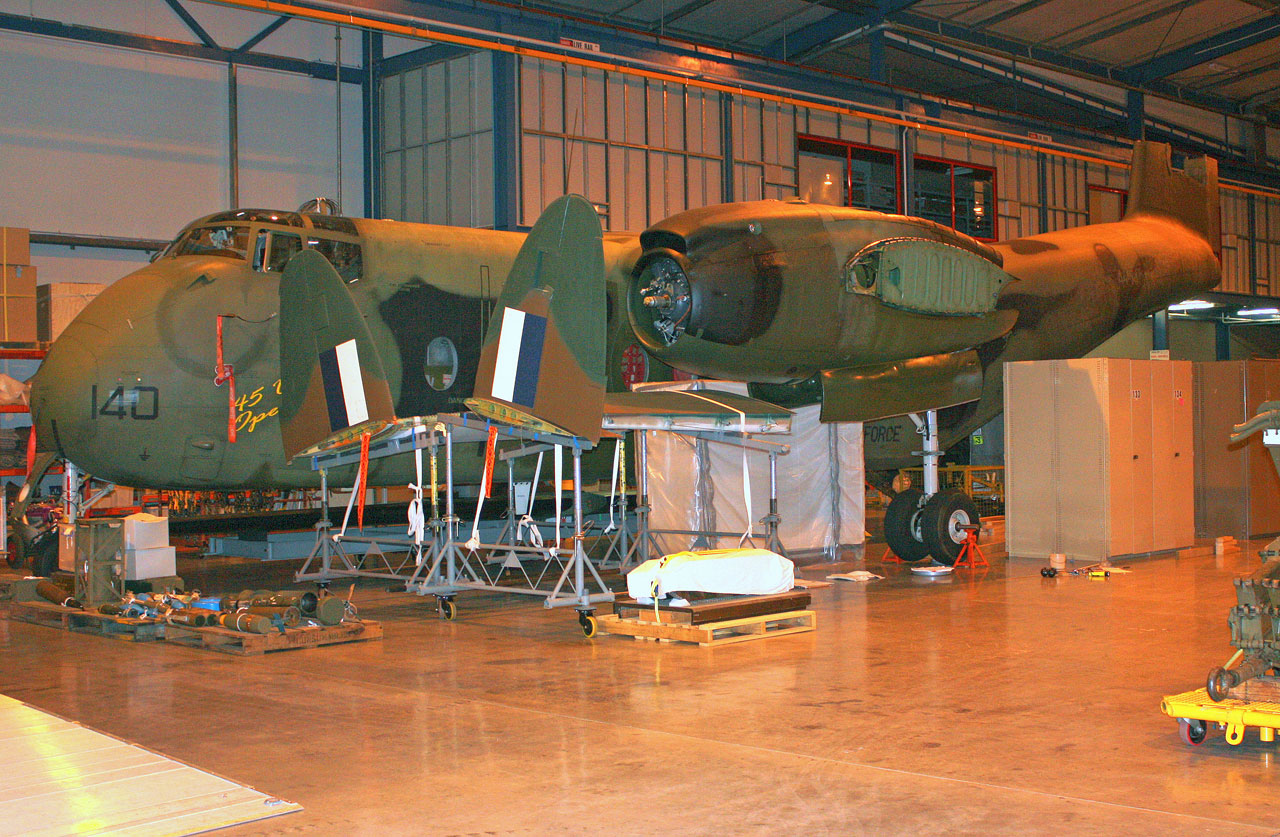 date
facilities at the Treloar Centres at Mitchell to house the large part of
our collection not able to be displayed in the galleries. This centre is
open to the public once a year. A major fund raising program has been
introduced which is seeking funding from private and corporate sources
to supplement what the AWM receives from government, and which will
enable them to undertake projects that would otherwise have not been
possible.
date
facilities at the Treloar Centres at Mitchell to house the large part of
our collection not able to be displayed in the galleries. This centre is
open to the public once a year. A major fund raising program has been
introduced which is seeking funding from private and corporate sources
to supplement what the AWM receives from government, and which will
enable them to undertake projects that would otherwise have not been
possible.